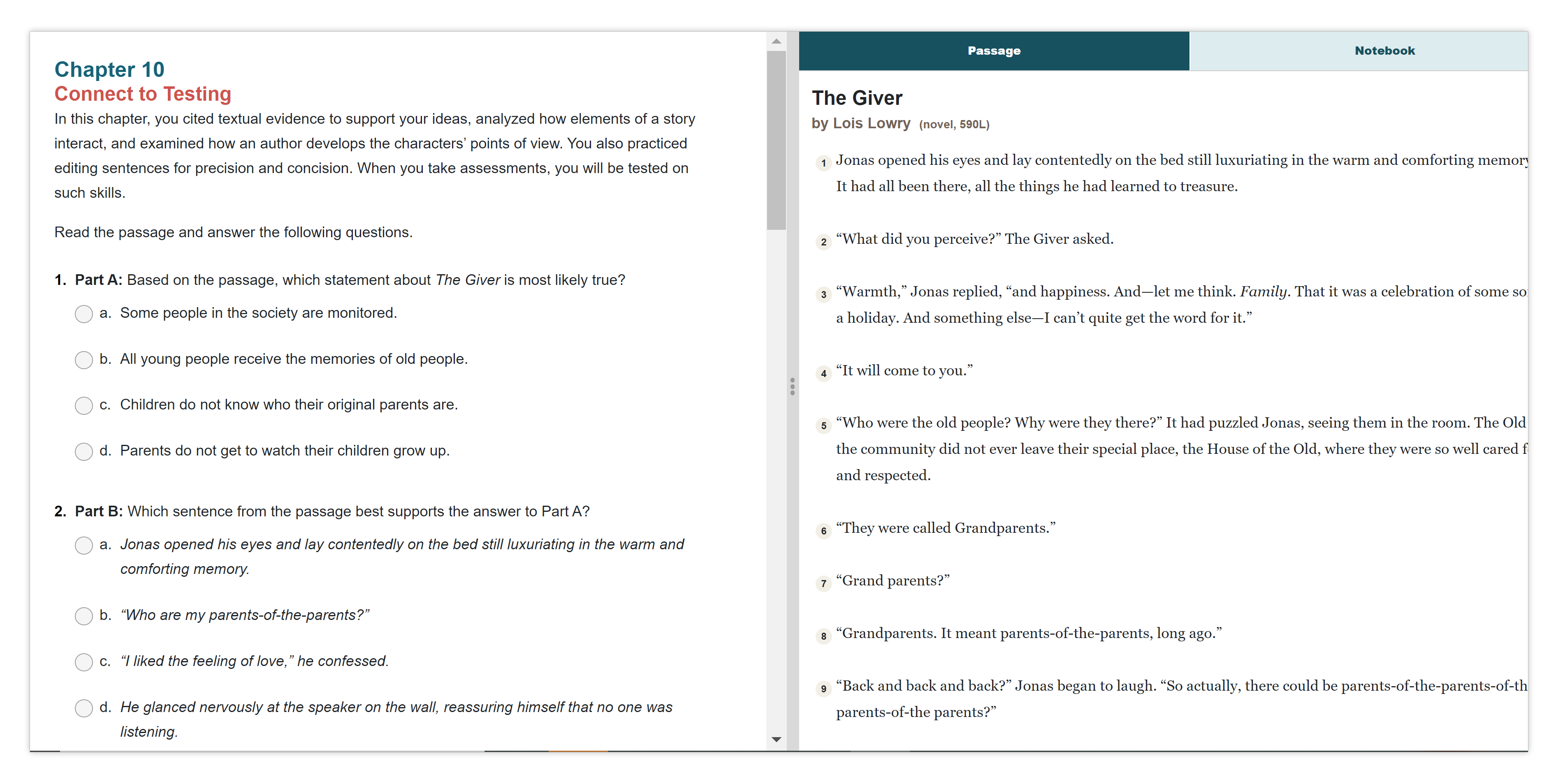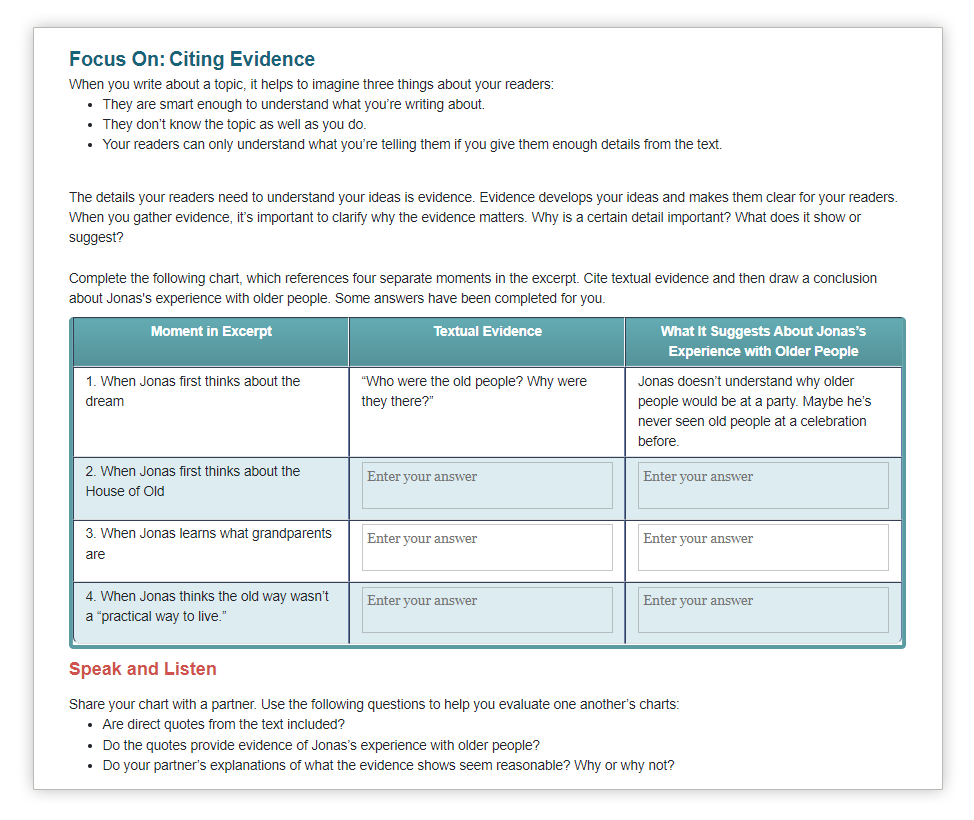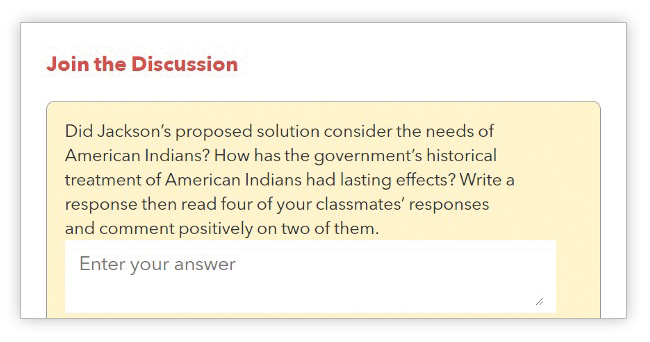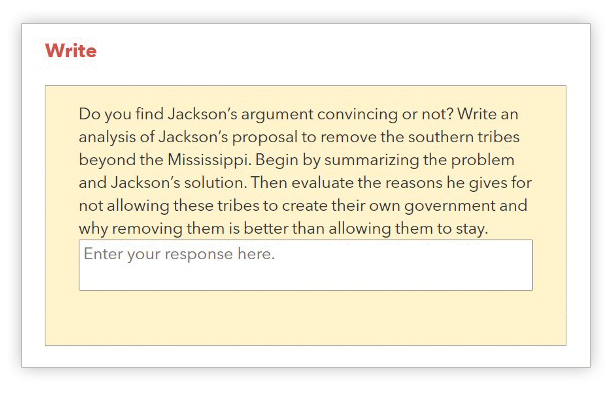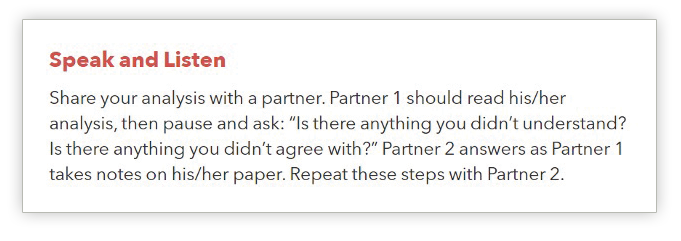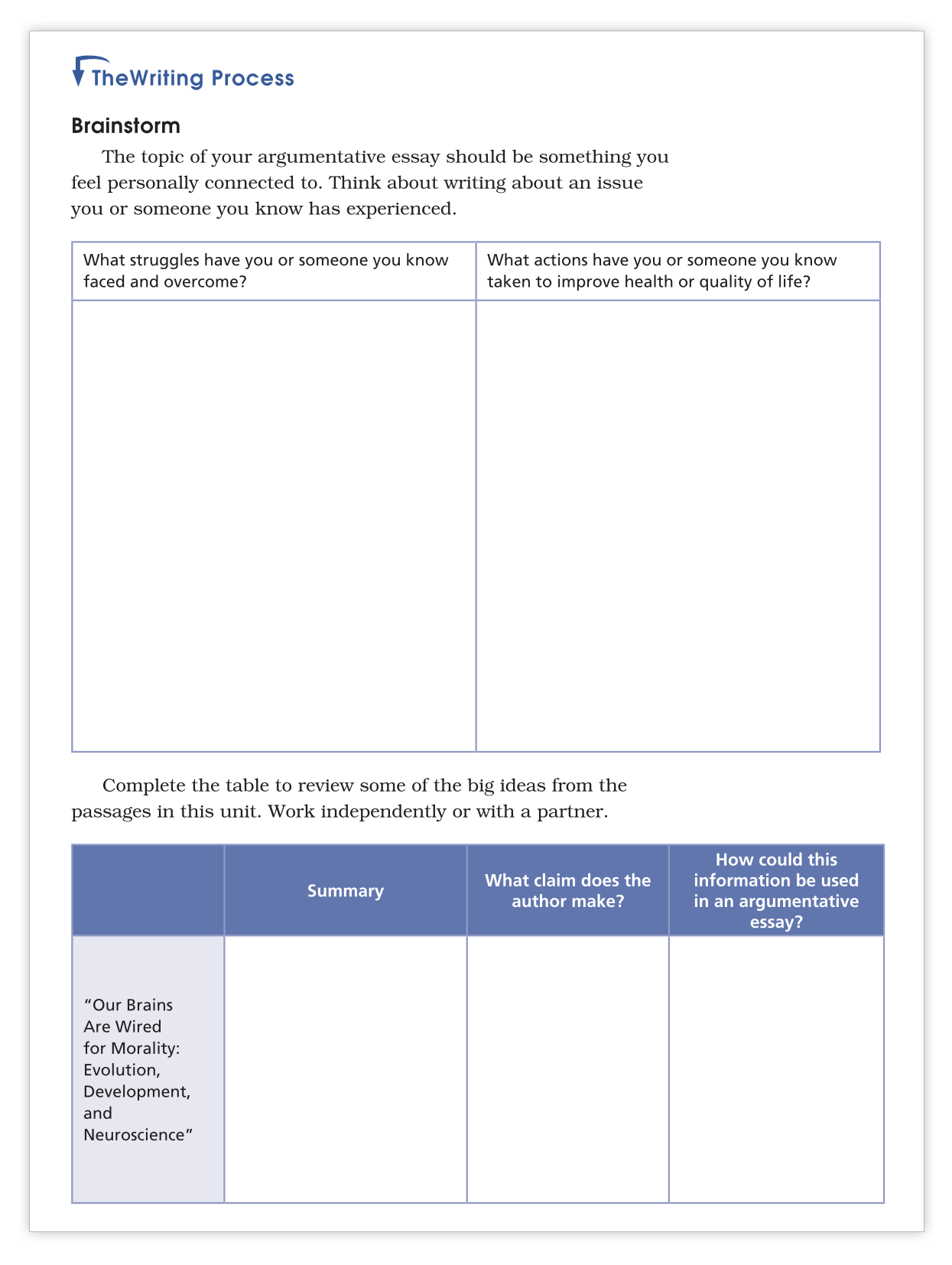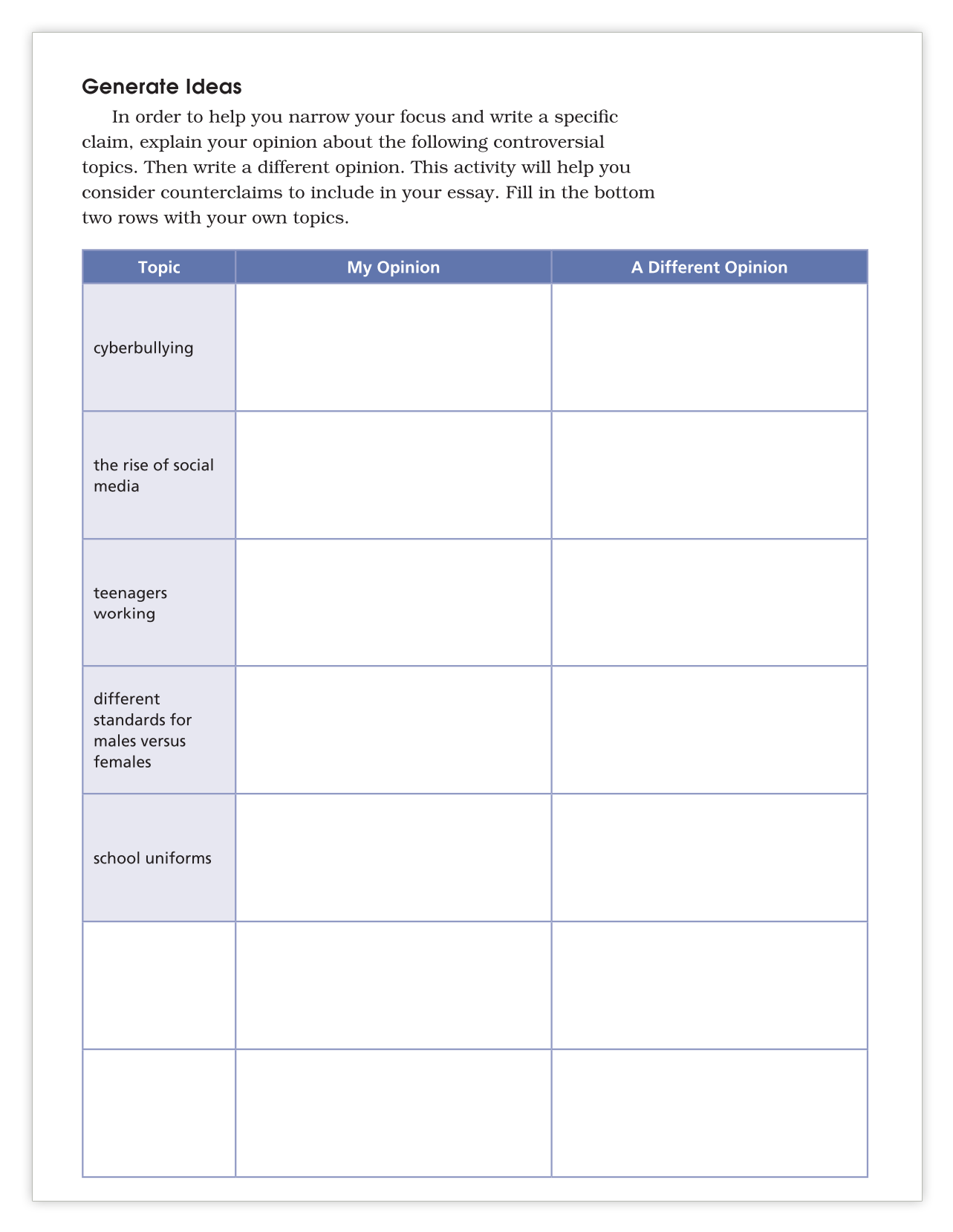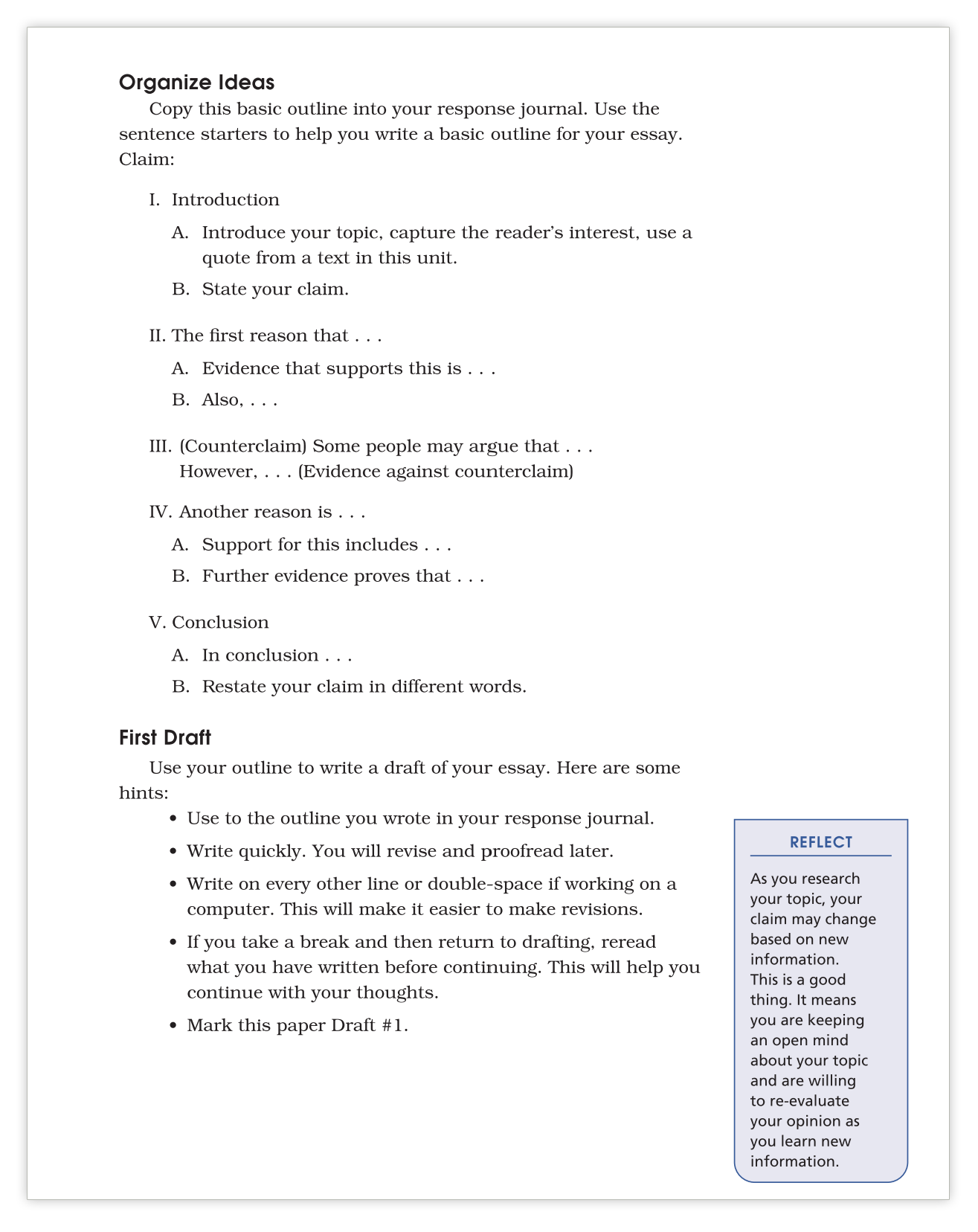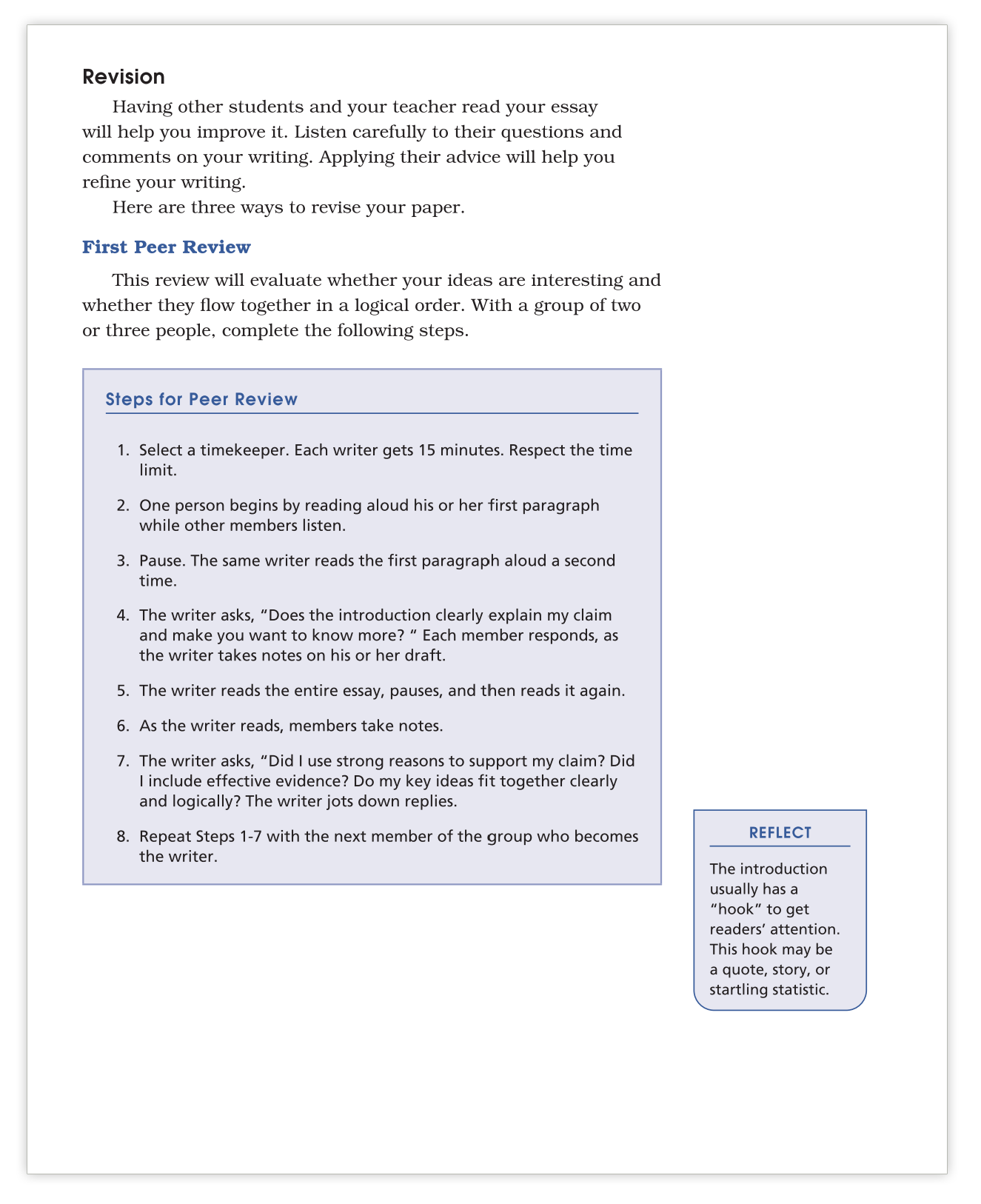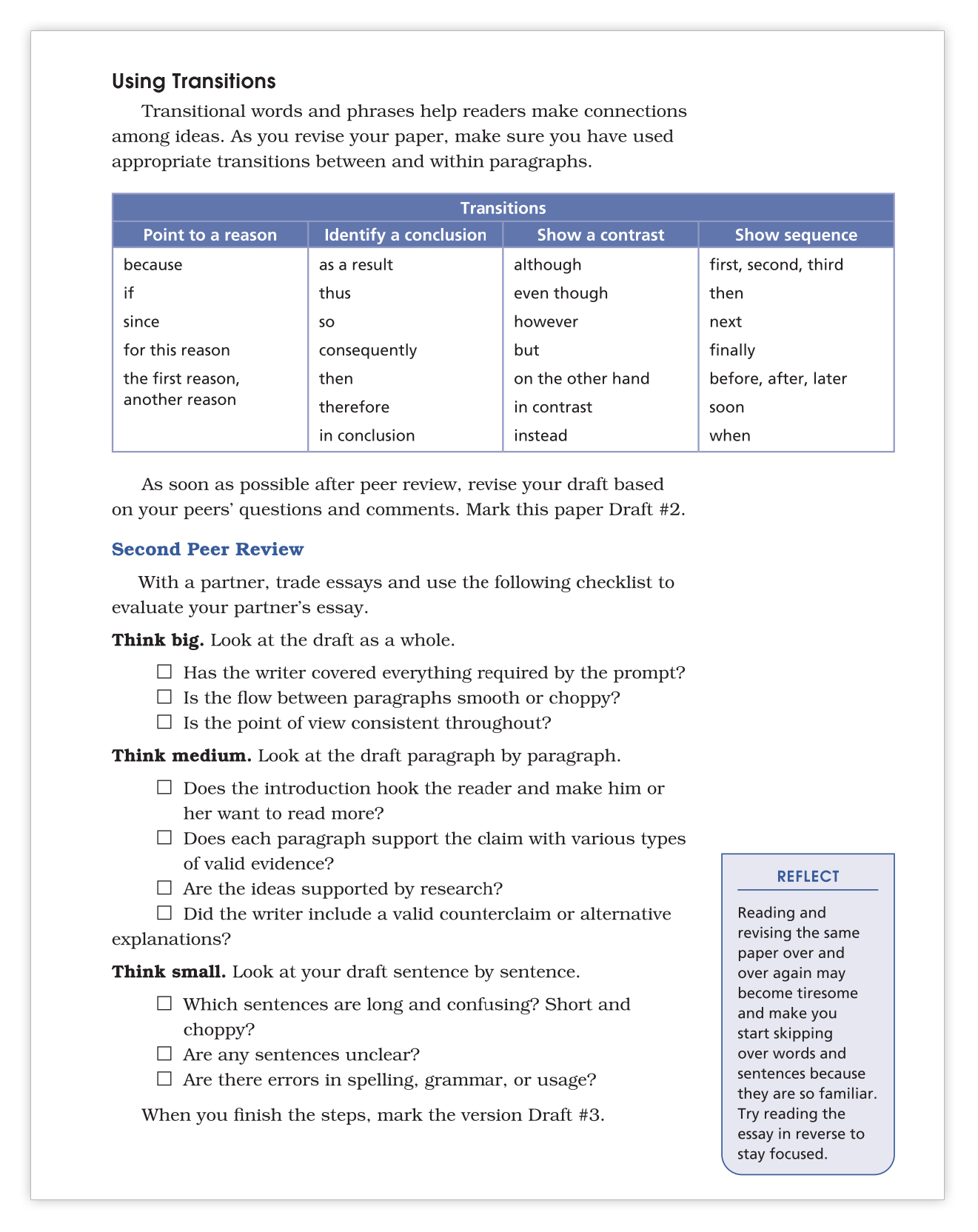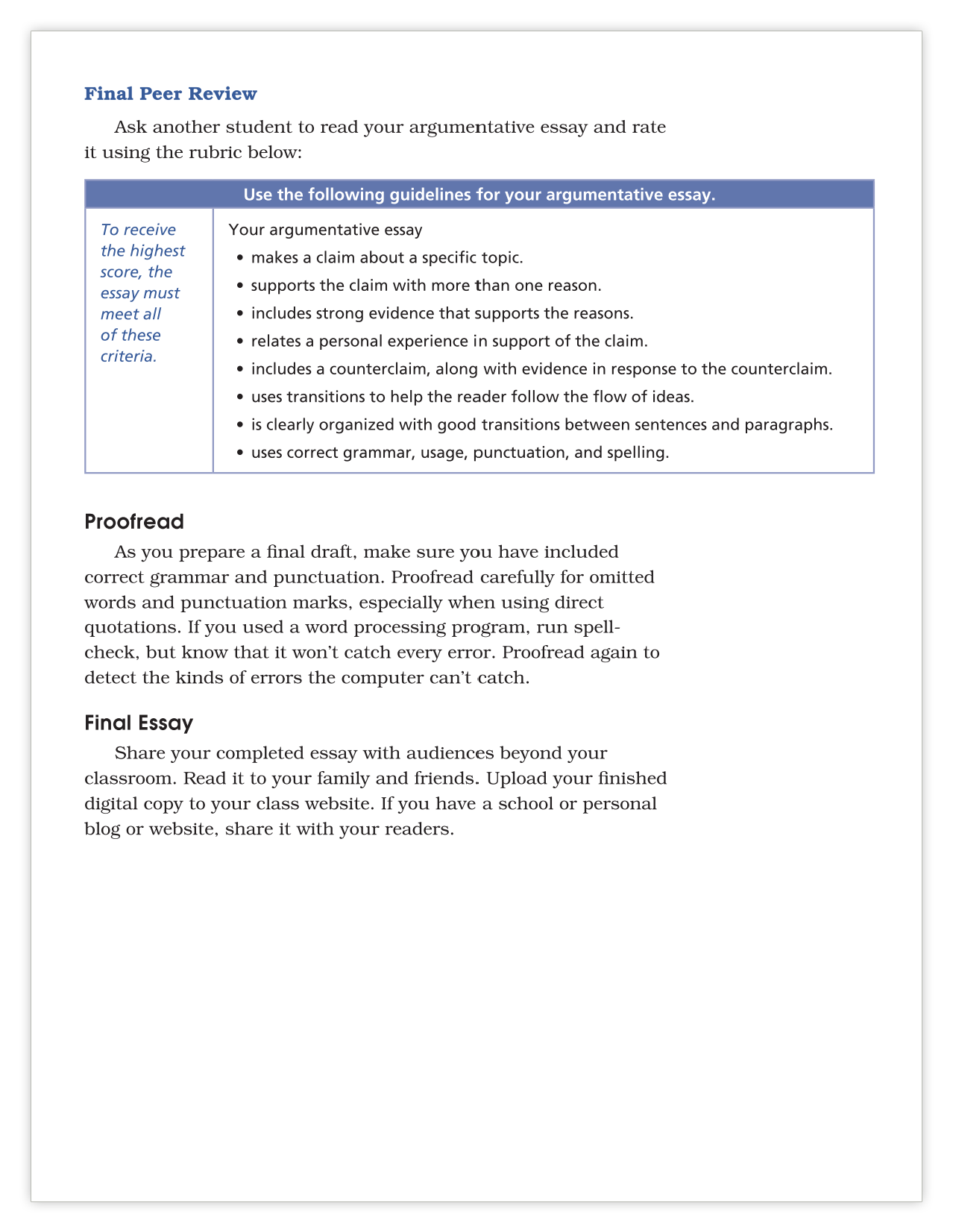This is a demo store. No orders will be fulfilled.
Designed For Success


Designed for Success
Close reading and targeted skills instruction with scaffolded support is at the heart of the Connections: English Language Arts instructional design. As students read, discuss, analyze, and respond to these on-level, high-interest texts, they learn step by step how to unlock meaning in great literature.


Essential Questions Make Learning Relevant
Thought-provoking questions provide the purpose, relevancy, and the connective thread for critical reading of complex texts in each unit. Each unit includes five chapters with texts and lessons that connect back to the Essential Question.



Targeted Skills Applied to Literature and Informational Texts
Each chapter is focused on an overarching learning objective and carefully scaffolded to maximize student success.
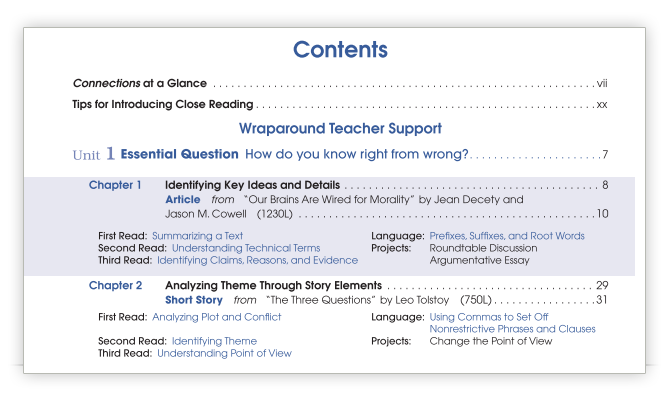

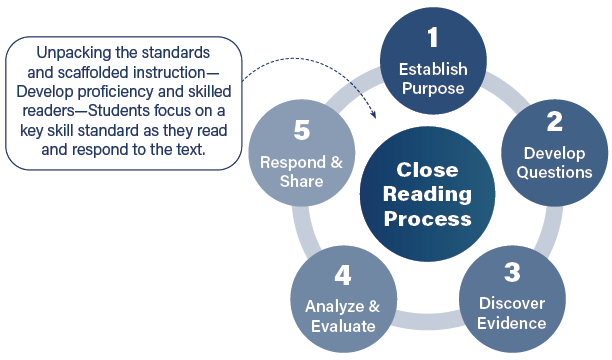

Make Complex Texts Accessible
Scaffolding of the chapter happens through close reading. Using the close reading routine, students develop a toolkit of strategies to tackle the specific tasks in a lesson.
More About Close Reading
The close reading routine encourages students to read and reread a text with a specific focus. The goal is to understand the main ideas of the text and to analyze the words and techniques the writer uses to communicate. The close reading process will help students eventually get to the process of critically evaluating texts as a whole.
Science of Reading in Connections: English Language Arts
Active Reading Focus
What is the main idea?
Skilled Reading Strategies
- What is this mostly about?
- Which ideas are most important?
- What message is the author trying to share?
- What words or phrases stand out as important?
Active Reading Focus
How does the what the writer communicates support his or her purpose?
Skilled Reading Strategies
- How do details develop the main idea?
- What types of language (figurative language, repetition, rhyme) does the writer use to create meaning?
- From what point of view is the story told? Who is narrating the story?
- How do the sentences/paragraphs in the text relate or fit together?
- How does the structure of the text emphasize the ideas? Do I see causes/effects? Problems/solutions? Claims/reasons?
Active Reading Focus
Why is this text important or meaningful to me—or to others?
Skilled Reading Strategies
- What can I learn from the text that will help me understand the world?
- What can I learn that will make me a better writer?
- Why is (or why isn’t) this informational text convincing? Why is (or why isn’t) this work of literature meaningful?
- How does this text connect to other texts? Where have I seen this theme before? How to other presentation of this text (movie, artwork, etc.) communicate the theme in similar or different ways?
Focus On Activities
Each lesson in a chapter contains a set of “Focus On” activities to build understanding and proficiency with a standards-based skill or strategy.
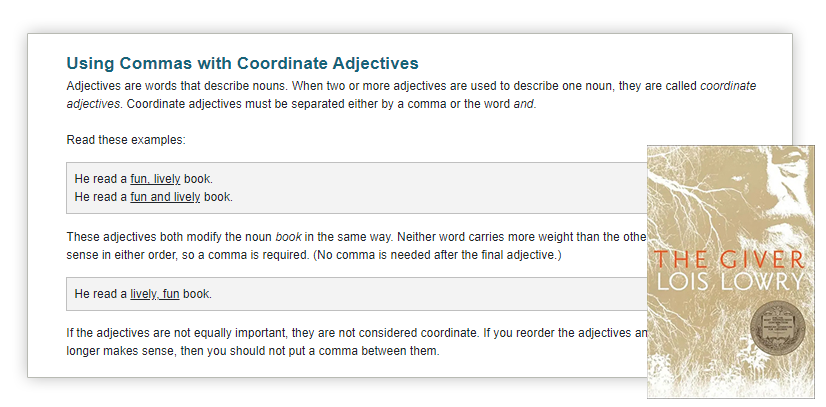

Integrated Language Practice
Connect reading and writing with an interactive language activity addressing grammar, usage, and mechanics skills.
Application of Skills in Project-Based Assessments
Students demonstrate understanding of the chapter skills in a Project-Based Assessment offering two modalities/options for differentiation.
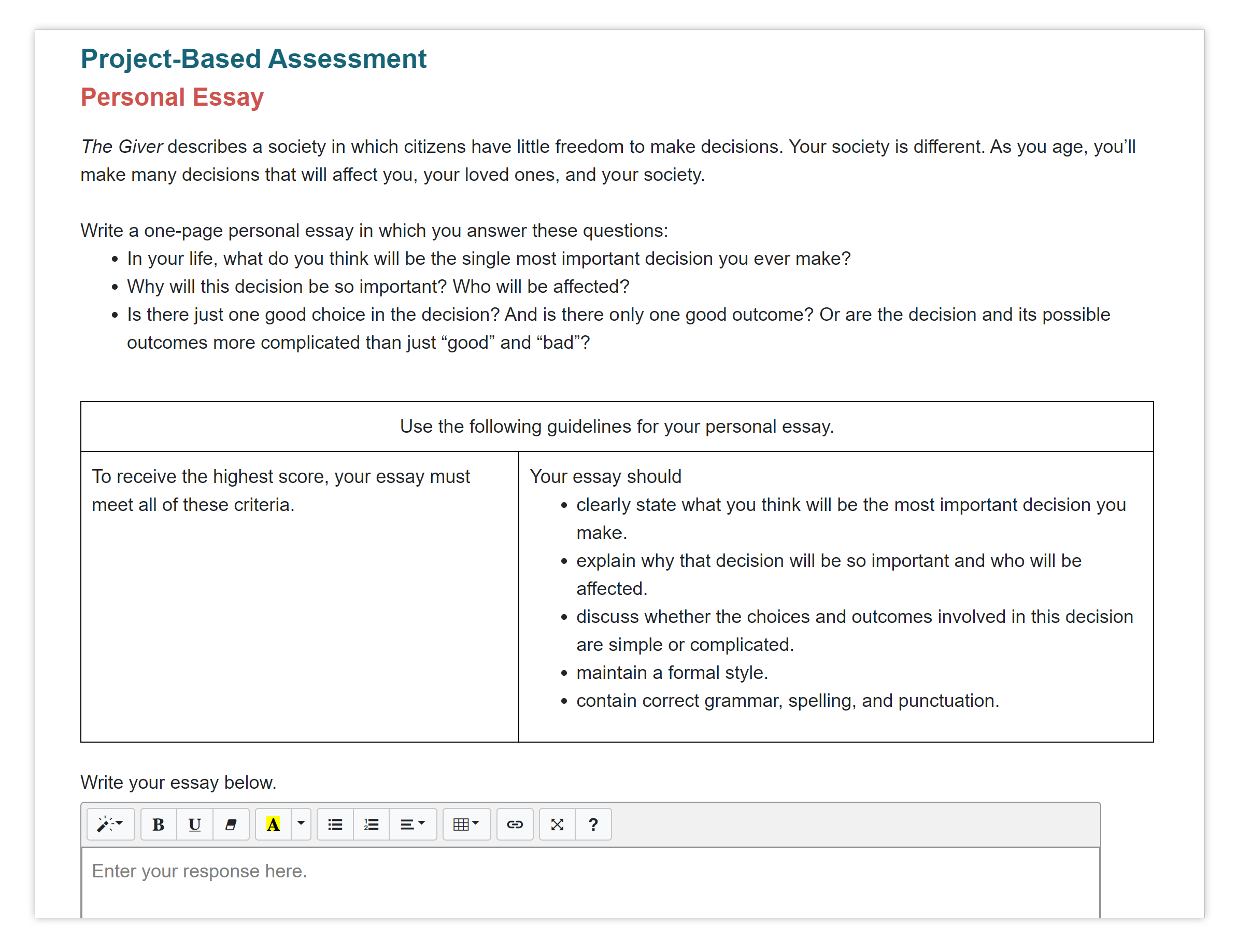

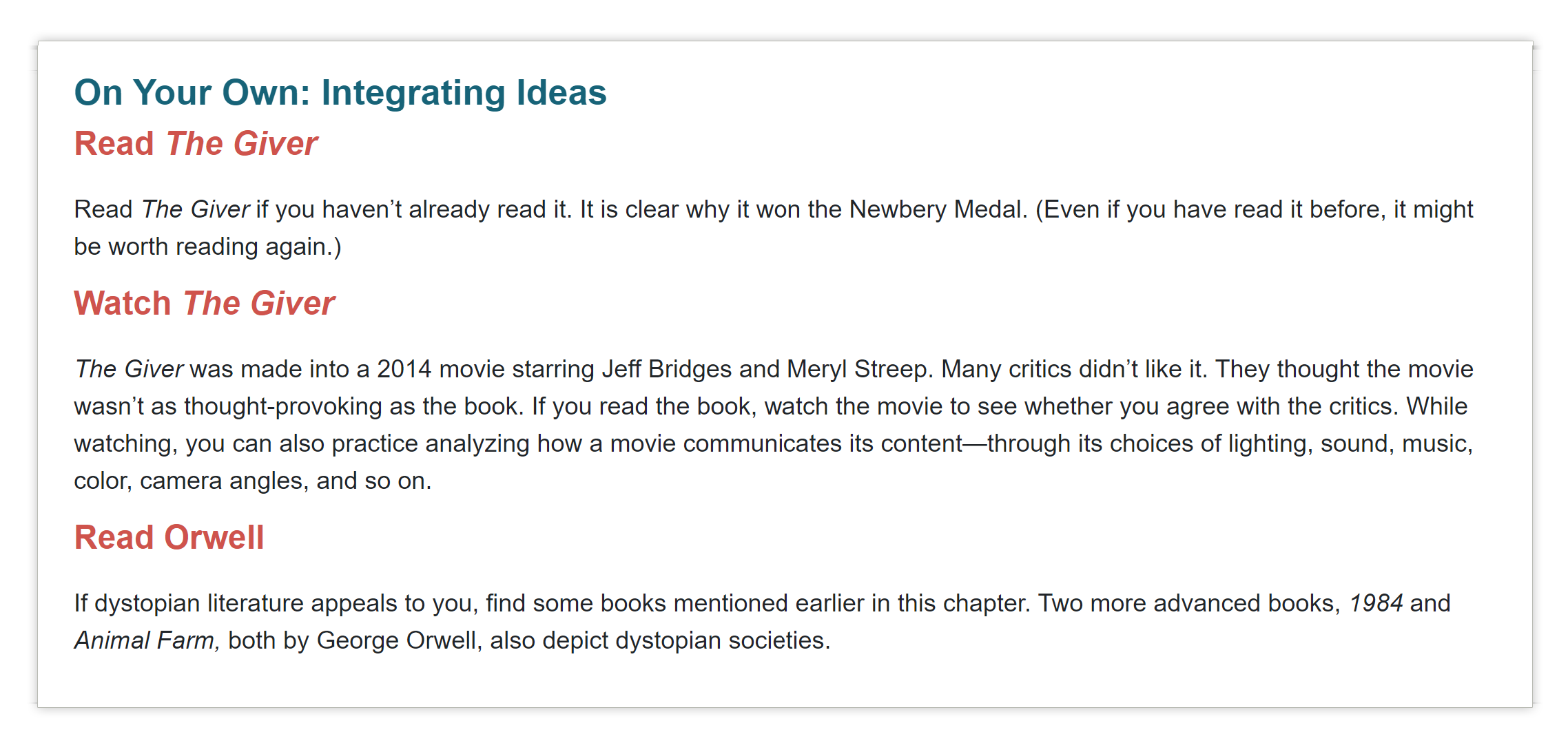

Integrating Ideas On Your Own with Independent Practice
Extend the lesson and engage students in future exploration with activities related to the chapter text.
End-of-Unit Writing Project
The unit culminates in a comprehensive writing project. This is where students practice the writing process and focus on the elements of different writing modes.
Scaffolded writing supports students as they work through the writing process step by step. Breaking down the process and structuring the writing lesson helps develop confident and competent writers.
Writing modes across grades 6–12 include:
- Argumentative Essay
- Explanatory Essay
- Comparative Essay
- Research Paper
- Personal Narrative
- Rhetorical Analysis
- Literary Analysis
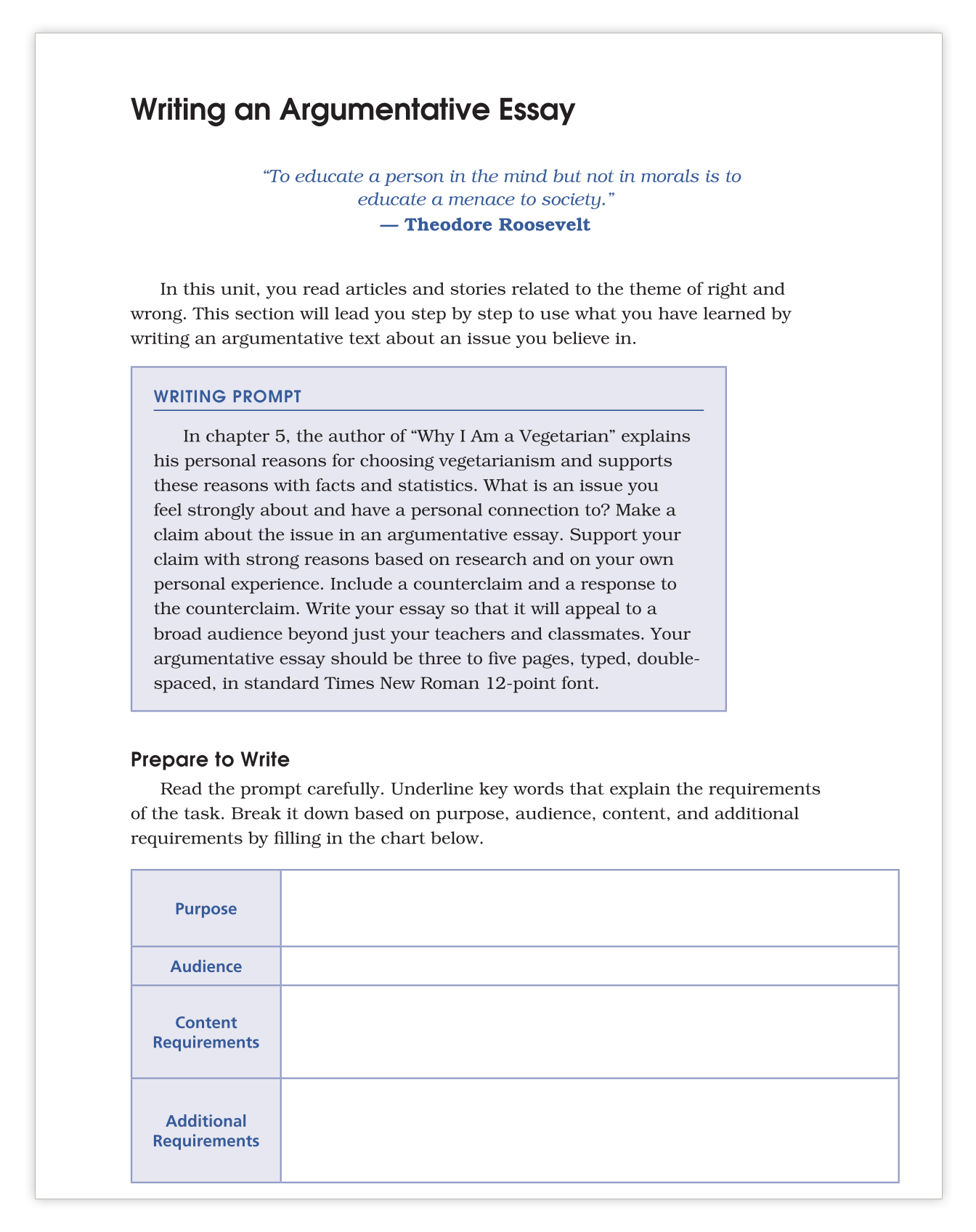



Test Practice in an Extended Writing Project
Prepare students for the types of performance tasks they will be completing on standardized testing. The task requires students to synthesize knowledge gained and skills developed throughout the unit.
Ongoing Test Practice—Connect to Testing
Students practice the skills they learned in the chapter with a formative check mirrored after standardized assessments.
